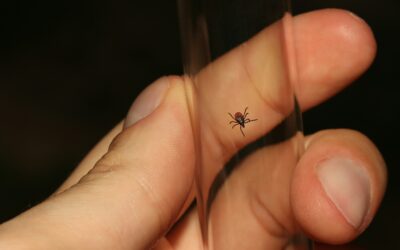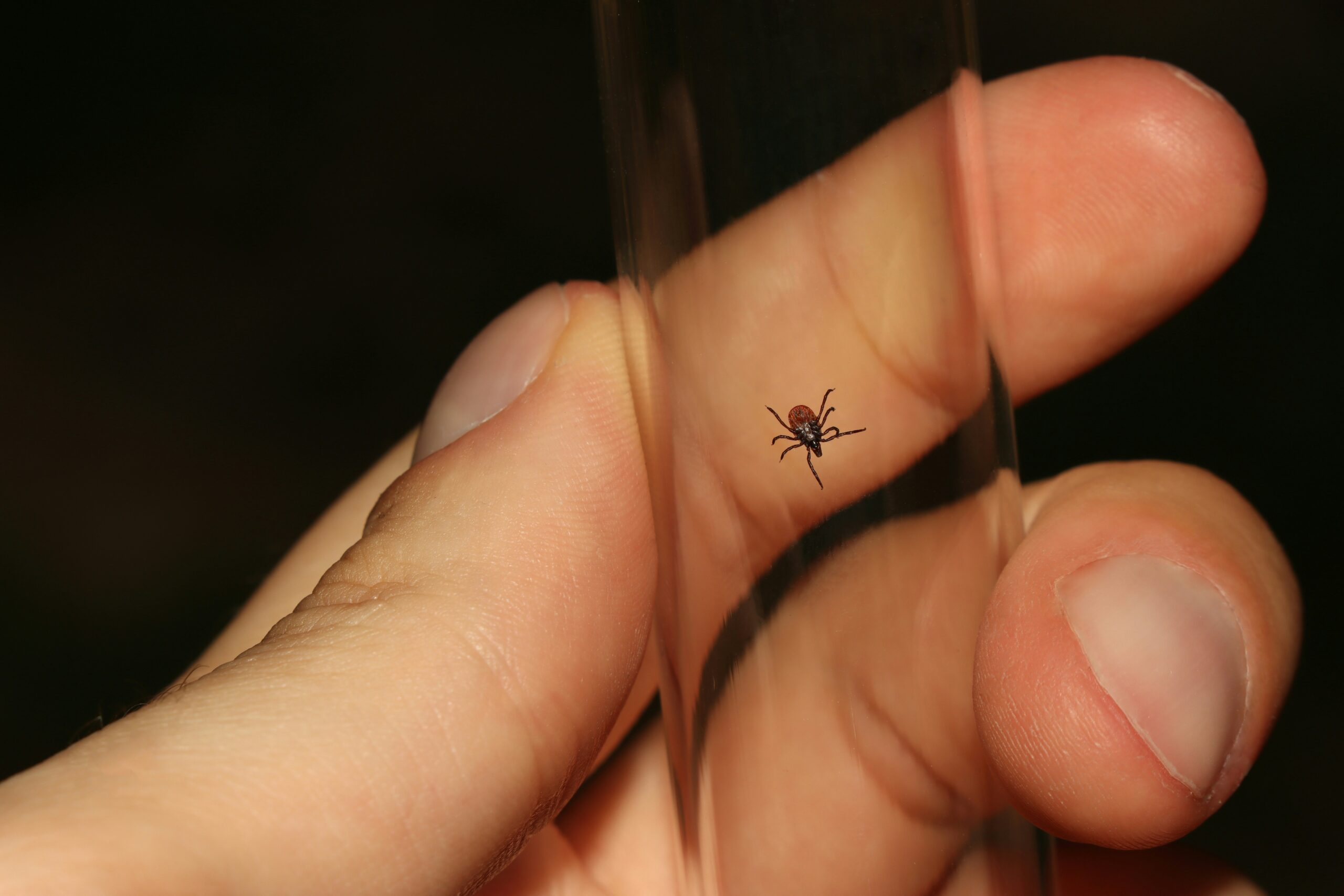DECEMBER 2014
KEEPING UP WITH ADRENAL HEALTH
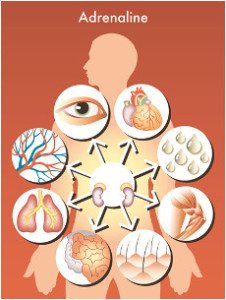
1. Load-up on nutrients, especially Vitamin C. A healthy, balanced diet of whole foods is an important part of maintaining adrenal health, and will have the greatest impact on adrenal health long-term. Stick to a diet that is rich in whole fruits, vegetables, whole grains and legumes. The adrenal glands rely on B and C vitamins, zinc, magnesium, and quality proteins for optimal health and function.
2. Work it out! Like a healthy diet, daily aerobic exercise is essential to maintaining adrenal health and reversing adrenal fatigue. Adding a strength training regimen, on a bi-daily basis, will help your body to more appropriately respond to stressors throughout the day. Exercise also helps build up your body’s defense to stressors, making them easier to deal with internally. Depending on your level of adrenal health, it is really important to plan this with your Naturopathic Doctor. You may need to slowly ease into an exercise program!
3. Keep stress at bay. Stress management is vital when it comes to restoring adrenal health. Try integrating some simple stress reduction techniques into your daily activities, such as deep breathing or meditation. Find a technique that calms you and easily works into your daily schedule. Even closing your eyes while focusing on deep breathing through your nose for ten minutes a day will have a significant effect on stress levels.
4. Relax. You deserve it and your body craves it. Take 15 to 30 minutes each day to relax. Try deeper bouts of meditation, or if you sit for extended periods of time during the day, fill this time with soothing music and simple stretches that will loosen your body and realign your back.
5. Make beauty sleep a priority. Sleep is vital for health. Your adrenal glands are constantly working throughout the day, and need time to recharge in order to avoid exhaustion. You can help regulate your body’s internal clock by sticking to a regular bedtime. Choose a bedtime that allows your body enough time to fully recharge, leaving you refreshed – not groggy – when you wake.
References
Adrenal Fatigue Explained. The American Association of Naturopathic Physicians.
Murray, N.D., Michael, and Pizzorno, N.D., Joseph. 2012. New York, NY: Atria Paperback. The Encyclopedia of Natural Medicine.
SWISS CHARD
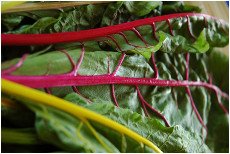
Crimini mushrooms also provide an excellent source of selenium, zinc, and manganese critical antioxidant nutrients and vitamins B1, B2, B3 (niacin), B5, B6, and B12, which contribute to better cardiovascular health.
WHEN BUYING, STORING, OR PREPARING CRIMINI MUSHROOMS, FOLLOW THESE TIPS TO GET THE MOST NUTRITIONAL BANG FOR YOUR BUCK:
1. Buy organic. Due to modern agricultural practices, it is important to purchase or cultivate organic mushrooms in order to lessen your risk of ingesting contaminants such as pesticides, heavy metals, and other unwanted substances.
2. Store them properly. How you store your mushrooms is vital to preserving their nutrient content, especially where vitamin D is concerned. To prevent discoloration and hardening, wrap mushrooms in a damp cloth and place them in a loosely closed paper bag, or spread them out in a glass dish and cover them with a moist cloth. Store them in the refrigerator at about 38F (3C). Whichever storage method you use, you’ll want to try to restrict surface-to-surface contact among the mushrooms in order to keep them fresh longer. If you need to stack them, be sure to separate each layer with a damp paper towel.
3. Saute and enjoy. The mushrooms should be wiped clean, sliced, and sauteed lightly, making sure not to overcrowd the pan, in order to ensure a golden-brown exterior and moist, succulent interior. Take care not to overcook mushrooms as this will make their nutrient count plummet.
References
Swiss Chard. The World’s Healthiest Foods.
SWISS CHARD WITH CHICKPEAS & COUSCOUS
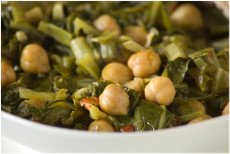
Preparation time: 25 minutes | Serves 4
Lundberg Organic Roasted Brown Rice Couscous
1/2 cup pine nuts
3 tbspn sunflower oil (or coconut)
2 cloves garlic, thinly sliced
2 cups cooked chickpeas (8 hour soak, 2 hours to cook)
2 bunches Swiss chard, stems trimmed
1 tbspn raisins
3/4 tspn Himalayan sea salt
1/2 tspn black pepper
Prepare couscous according to directions on packaging. Meanwhile, toast the pine nuts in a large skillet, over low heat. Shake the pan frequently, until nuts are golden (approx. 3 to 4 minutes). Transfer to a plate. Return the skillet to medium heat, add the oil, and heat for 1 minute. Add the garlic and cook for 1 minute. Add the chickpeas, raisins, chard, salt, and pepper. Cook, stirring occasionally, until the chard is tender, about 5 minutes. Remove from heat. Fluff the couscous with a fork and divide among individual plates. Top with the chard and sprinkle with pine nuts
GINSENG
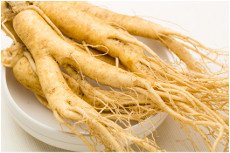
References
Asian Ginseng. National Center for Complementary and Alternative Medicine.
Asian Ginseng. University of Maryland Medical Center.
ELEUTHERO (Eleutherococcus senticosus)
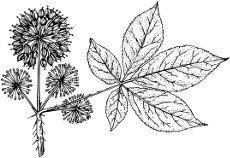
References
Siberian ginseng. University of Maryland Medical Center.
Eleutherococcus senticosus. NYU Langone Medical Center.
STRESS MANAGEMENT
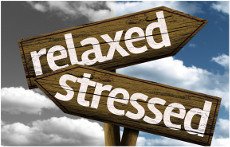
References
Stress Relief. Mayo Clinic.
Relaxation Techniques. Mayo Clinic.
Types of Relaxation Techniques. Mayo Clinic.
Relaxation Techniques for Stress Relief. HelpGuide.org.
The information offered by this newsletter is presented for educational purposes. Nothing contained within should be construed as nor is intended to be used for medical diagnosis or treatment. This information should not be used in place of the advice of your physician or other qualified health care provider. Always consult with your physician or other qualified health care provider before embarking on a new treatment, diet or fitness program. You should never disregard medical advice or delay in seeking it because of any information contained within this newsletter.
Follow us on instagram
BLOG
Become an educated consumer with our Indigo Blogs and prevent dis-ease.
Our Doctors have been featured in:
